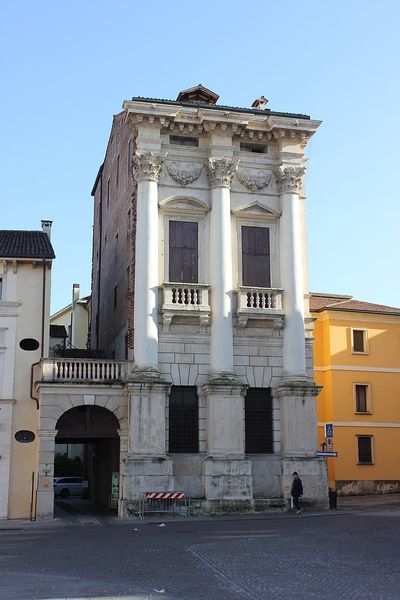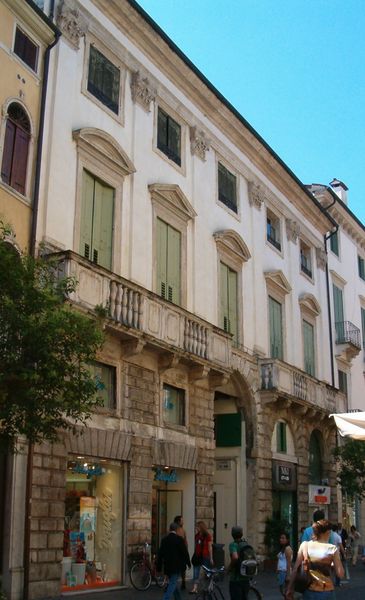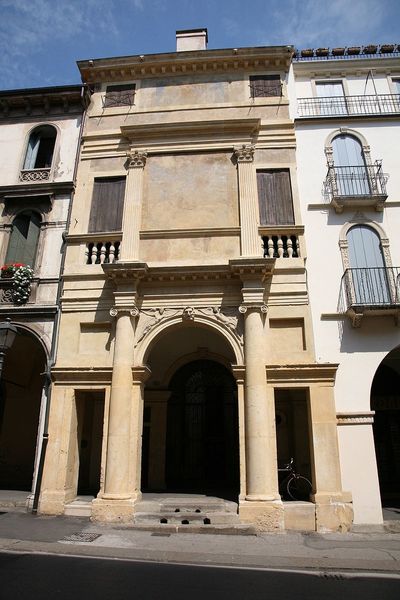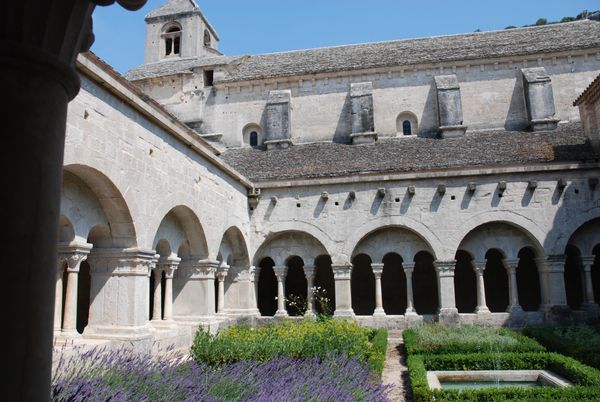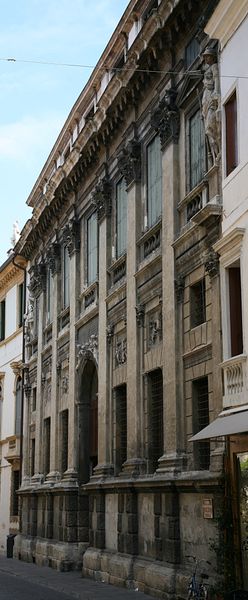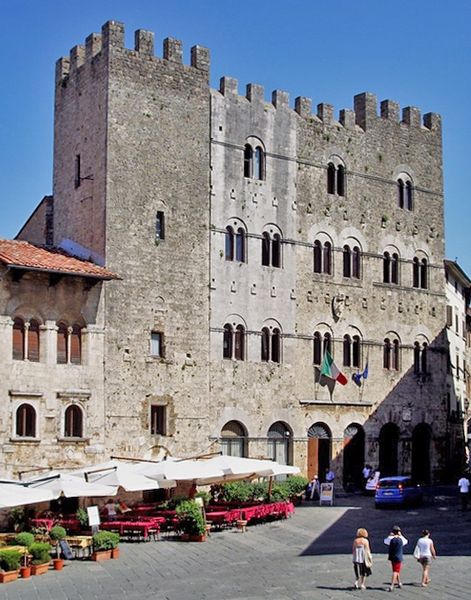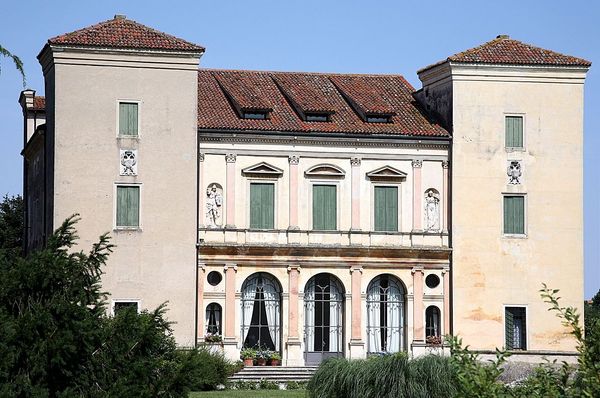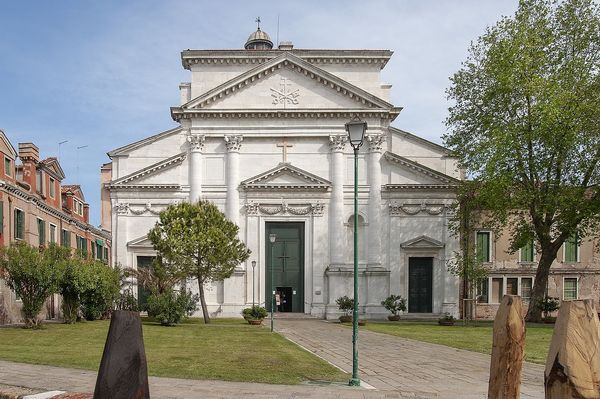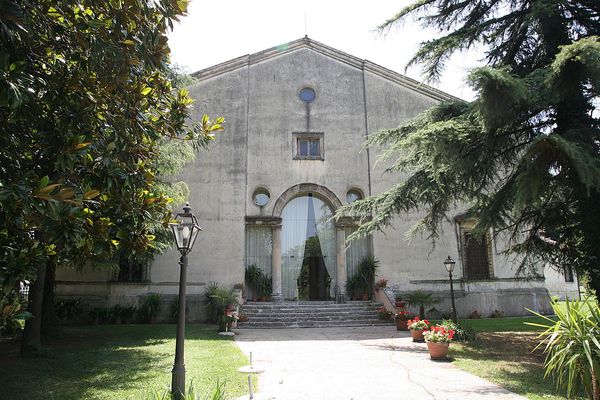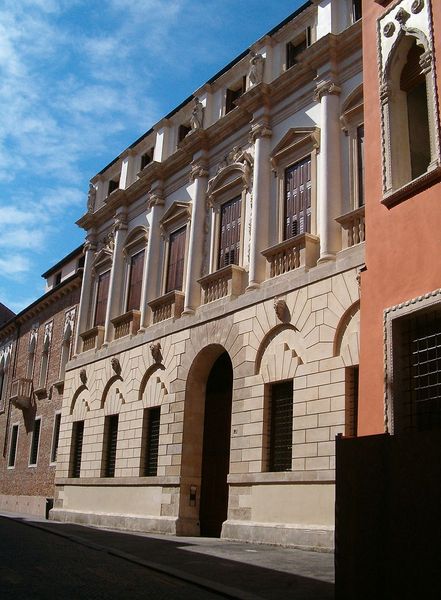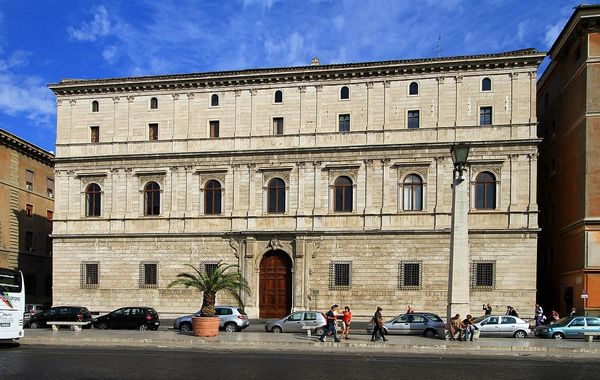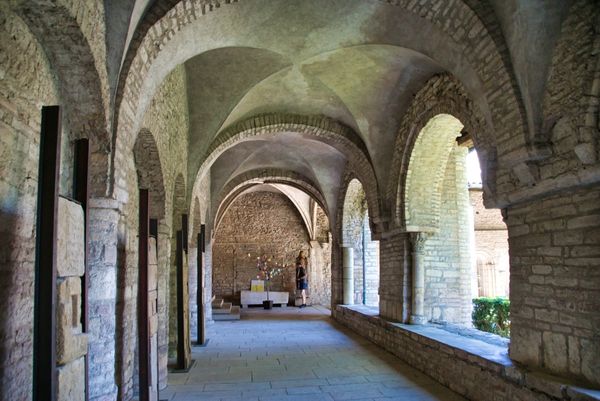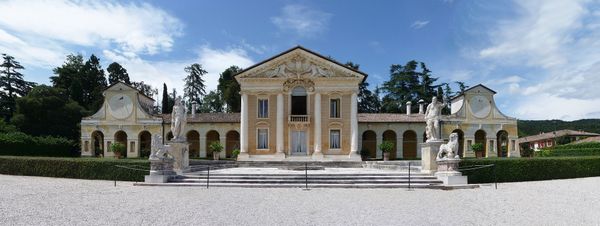
public-art, architecture
#
public art
#
urban styling
#
landscape
#
public-art
#
11_renaissance
#
arch
#
cityscape
#
italian-renaissance
#
architecture
Copyright: Public domain
Editor: Here we have the Arco Bollani in Udine, designed by Andrea Palladio in 1556. It looks quite imposing, this stone archway, like a grand entrance to... somewhere significant. How do you interpret this structure in its historical context? Curator: Well, let's consider the politics of imagery at play here. This arch wasn't just decorative; it was public art meant to project power. Who commissioned it and what was the message they wanted to send? Editor: I see what you mean. It definitely gives off a sense of authority. Was Palladio consciously designing something that echoed Roman triumphal arches, maybe to associate the city with that imperial legacy? Curator: Absolutely. Renaissance architects were deeply engaged with classical precedents. They used those forms to communicate ideas about civic virtue, order, and legitimacy. It makes you think about what role visual rhetoric plays in shaping urban life. And notice the winged lion on top of the arch... what does that symbolism convey in this setting? Editor: I assume it is tied with the symbol of Venice. The winged lion on top feels very assertive. Curator: Exactly. The Bollani Arch broadcasts Udine's ties to Venice and is a political and a cultural symbol. We should always remember that these architectural works function within a complex network of patronage and power relations. Thinking about that, what new questions about public art does this image evoke for you? Editor: I now consider the relationship between art and the projection of authority in public spaces differently. Understanding Palladio's arch through its socio-political implications has revealed layers of meaning I hadn't initially considered. Curator: Precisely, that’s the beauty of approaching art through a historical lens; it brings the past into dialogue with the present.
Comments
No comments
Be the first to comment and join the conversation on the ultimate creative platform.
